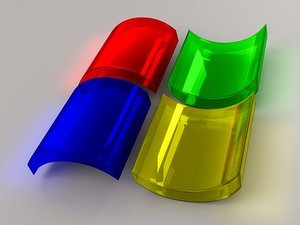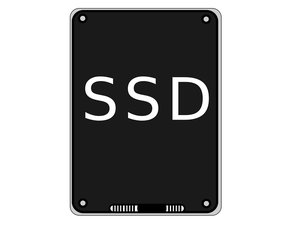 Congratulations to Adobe Flash Player for not being the software most targeted by hackers. Security vendor “Recorded Future” has just published their annual list of the software hackers most commonly focus on when targeting computers and handheld devices for attack.
Congratulations to Adobe Flash Player for not being the software most targeted by hackers. Security vendor “Recorded Future” has just published their annual list of the software hackers most commonly focus on when targeting computers and handheld devices for attack.
For the last several years, Adobe’s Flash Player has topped the list, but this year they have been dethroned. Microsoft now has the embarrassing honor. There are multiple Microsoft programs on this year’s list, with some of them having exploits that date back more than a decade.
It’s a shameful honor to say the least, and even worse, in this year’s report, Microsoft captured seven of the top ten places.
The most often abused security flaw this year was CVE 2017-0199. Found in a variety of Microsoft Office products, the flaw allows a hacker to embed and execute VBS (Visual Basic Scripts) that contain Powershell commands into an Office document. Recorded Future has found exploit kits for sale on the Dark Web that automate the process going for between $400 and $800.
Hot on the heels of the #1 entry is CVE 2016-0189, which is one of a whole raft of Internet Explorer vulnerabilities that allow hackers to take unfettered control of a victim’s PC, laptop, or smartphone. It is one of the reasons Microsoft has moved away from IE in preference for Microsoft Edge.
Despite this dismaying news, Recorded Future notes that attacks via exploit kit are down significantly, with a staggering 62 percent drop in new variants.
The report’s author, Scott Donnelly, had this to say:
“The observed drop in exploit kit activity overlaps with the rapid decline of Flash Player usage. Users have shifted to more secure browsers and attackers have shifted as well. Spikes in cryptocurrency mining malware and more targeted victim attacks have filled the void.”
Despite the shifting landscape, the central lesson is clear. Hackers tend to take advantage of known exploits. Companies that keep their software properly patched dramatically reduce their chances of being targeted.








 There’s a fun, new update for Apple’s iMessage app that will probably make lots of power users happy. As long as you also have Google’s iOS app installed, you’ll be able to perform Google searches from within iMessage itself.
There’s a fun, new update for Apple’s iMessage app that will probably make lots of power users happy. As long as you also have Google’s iOS app installed, you’ll be able to perform Google searches from within iMessage itself.

 If your company has an incident response plan that you can rely on in the face of a cyber attack, then you’re ahead of most of the world, according to research recently conducted by the Ponemon Institute. Shockingly, more than 75 percent of survey respondents from around the world admitted that they have no formal incident response plan. Even worse, half of the companies that indicated they had an incident response plan said that it was informal.
If your company has an incident response plan that you can rely on in the face of a cyber attack, then you’re ahead of most of the world, according to research recently conducted by the Ponemon Institute. Shockingly, more than 75 percent of survey respondents from around the world admitted that they have no formal incident response plan. Even worse, half of the companies that indicated they had an incident response plan said that it was informal.